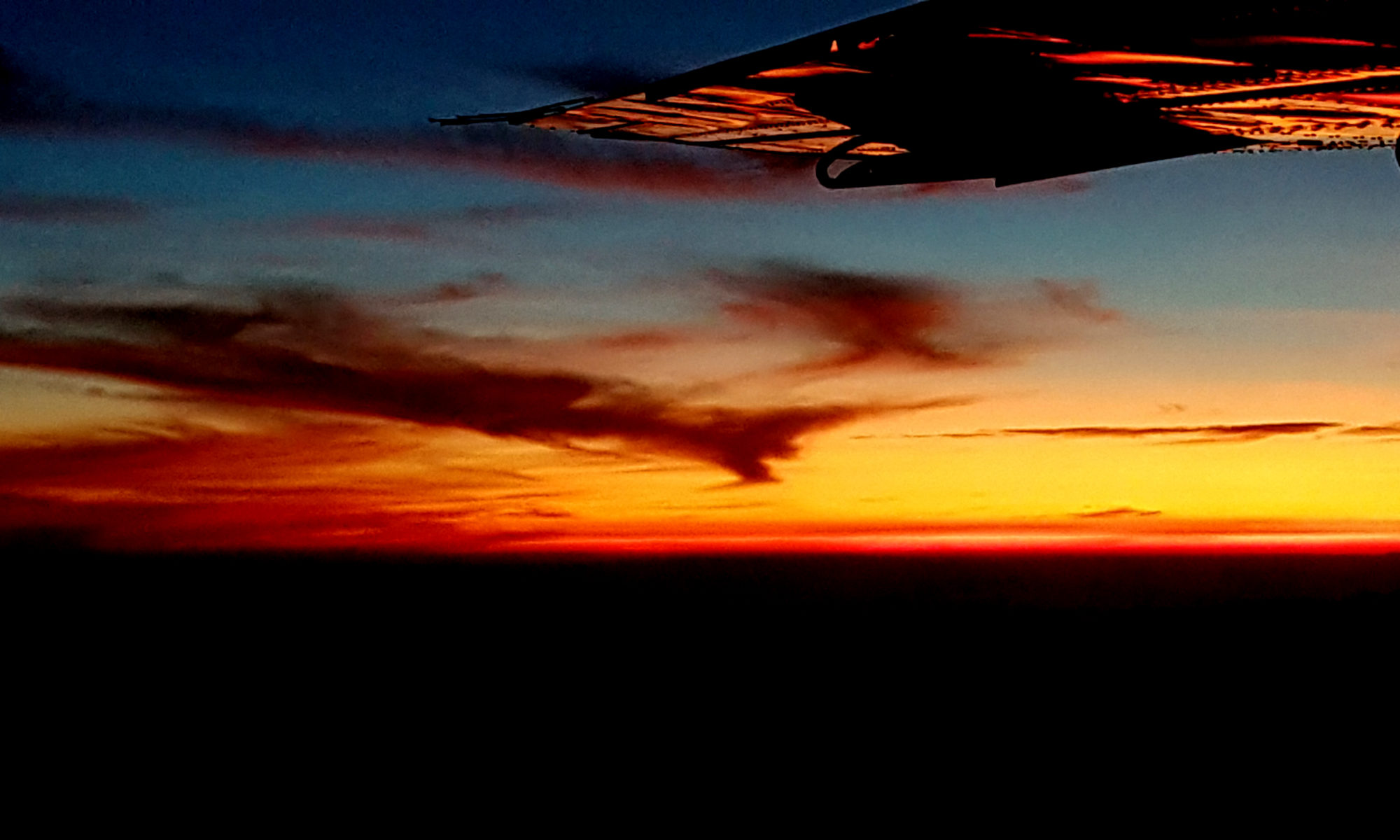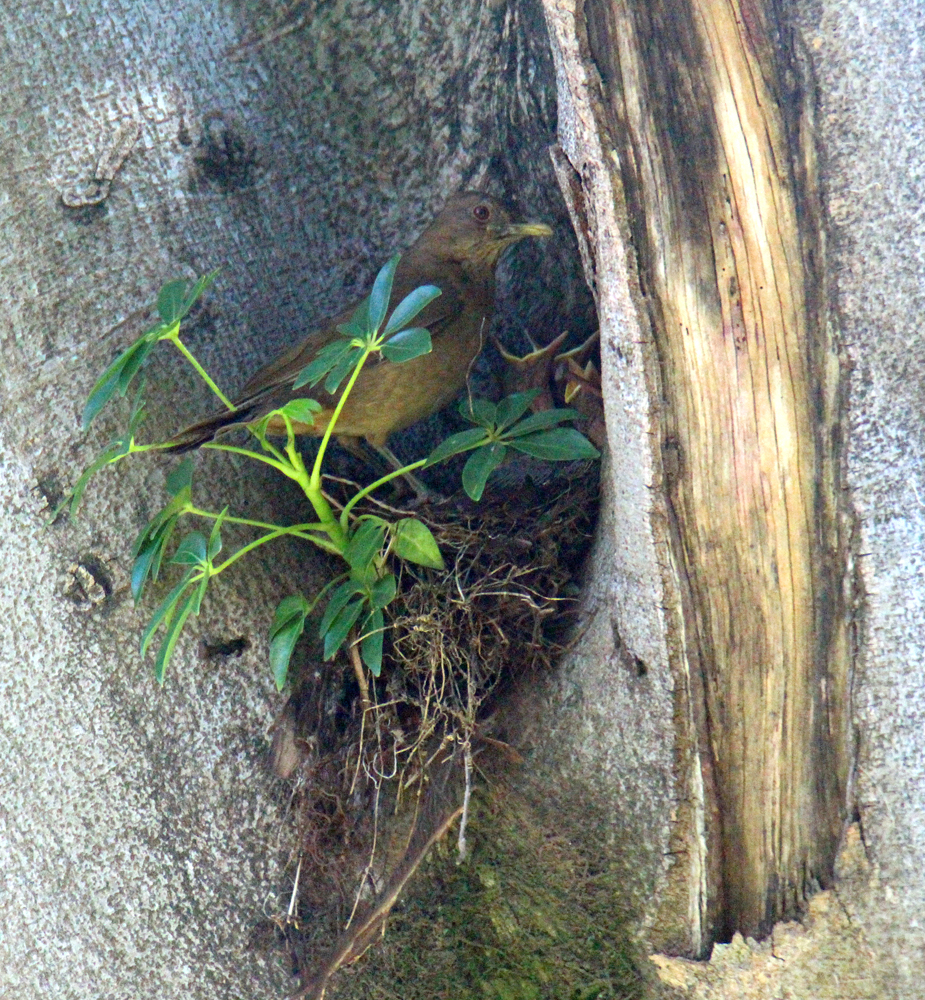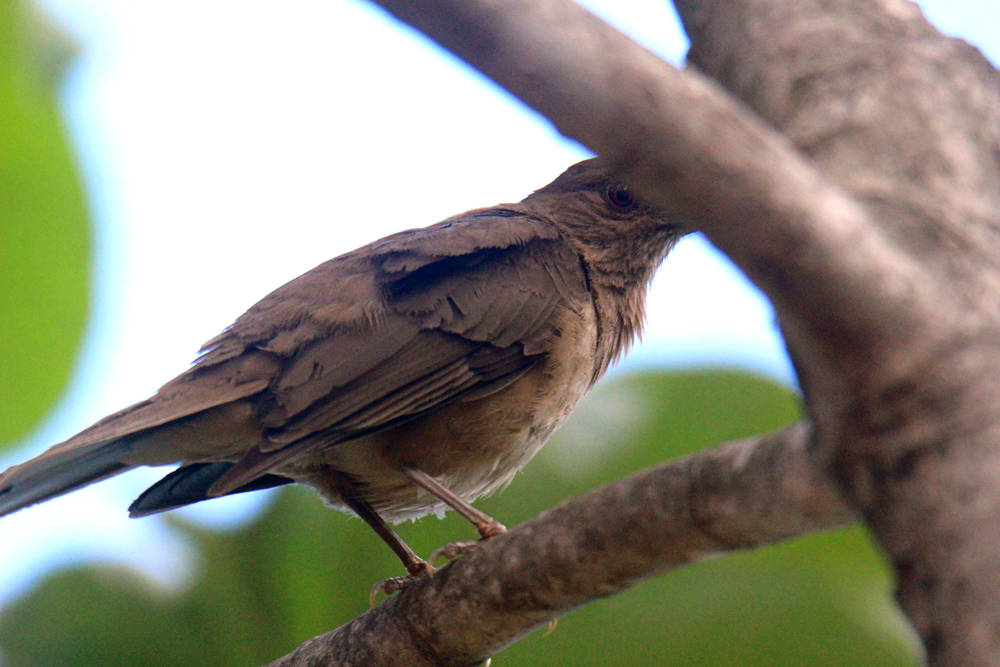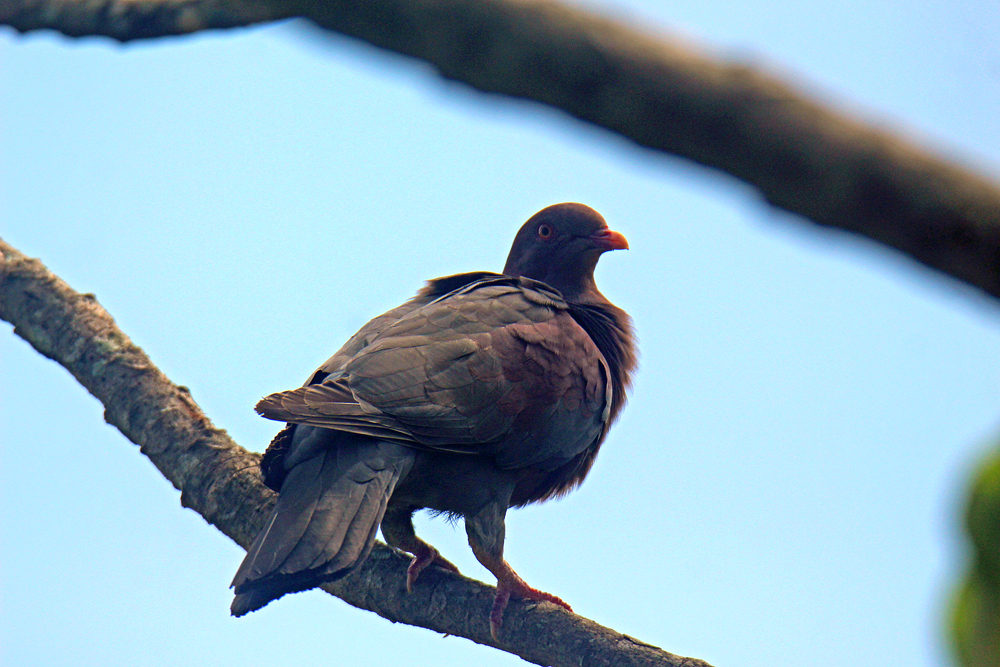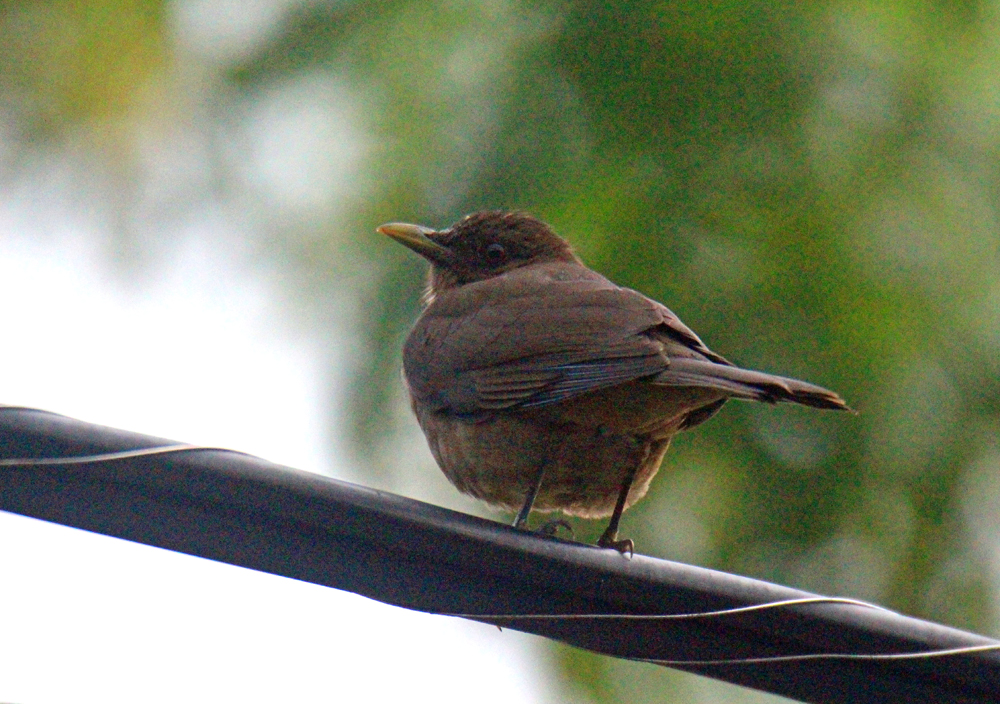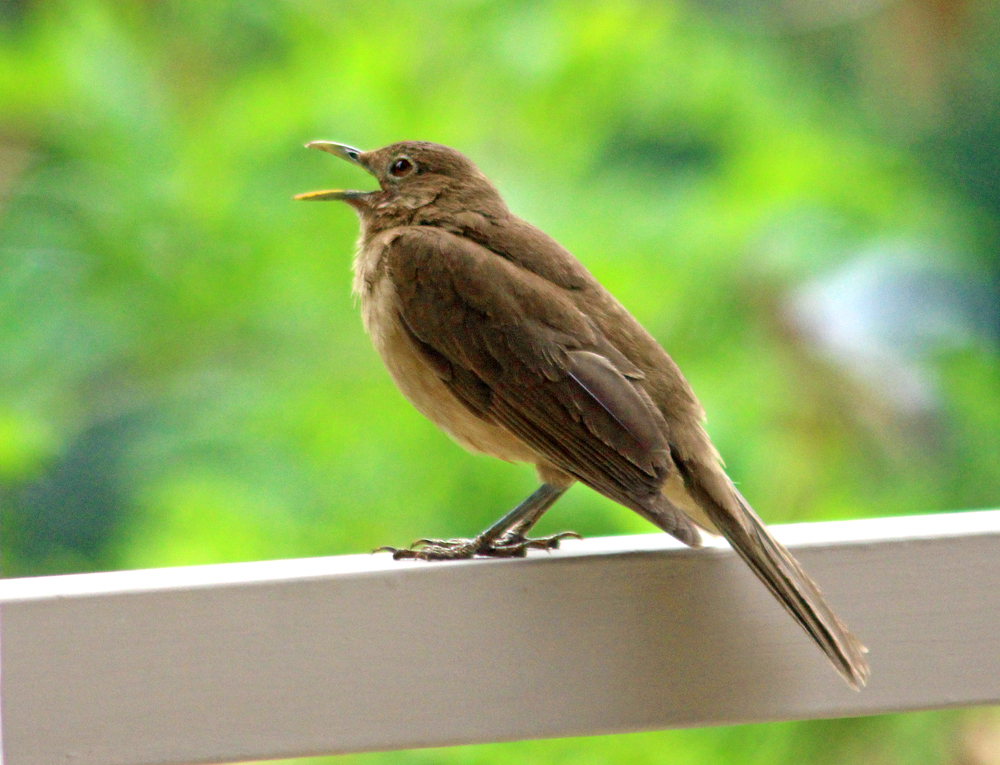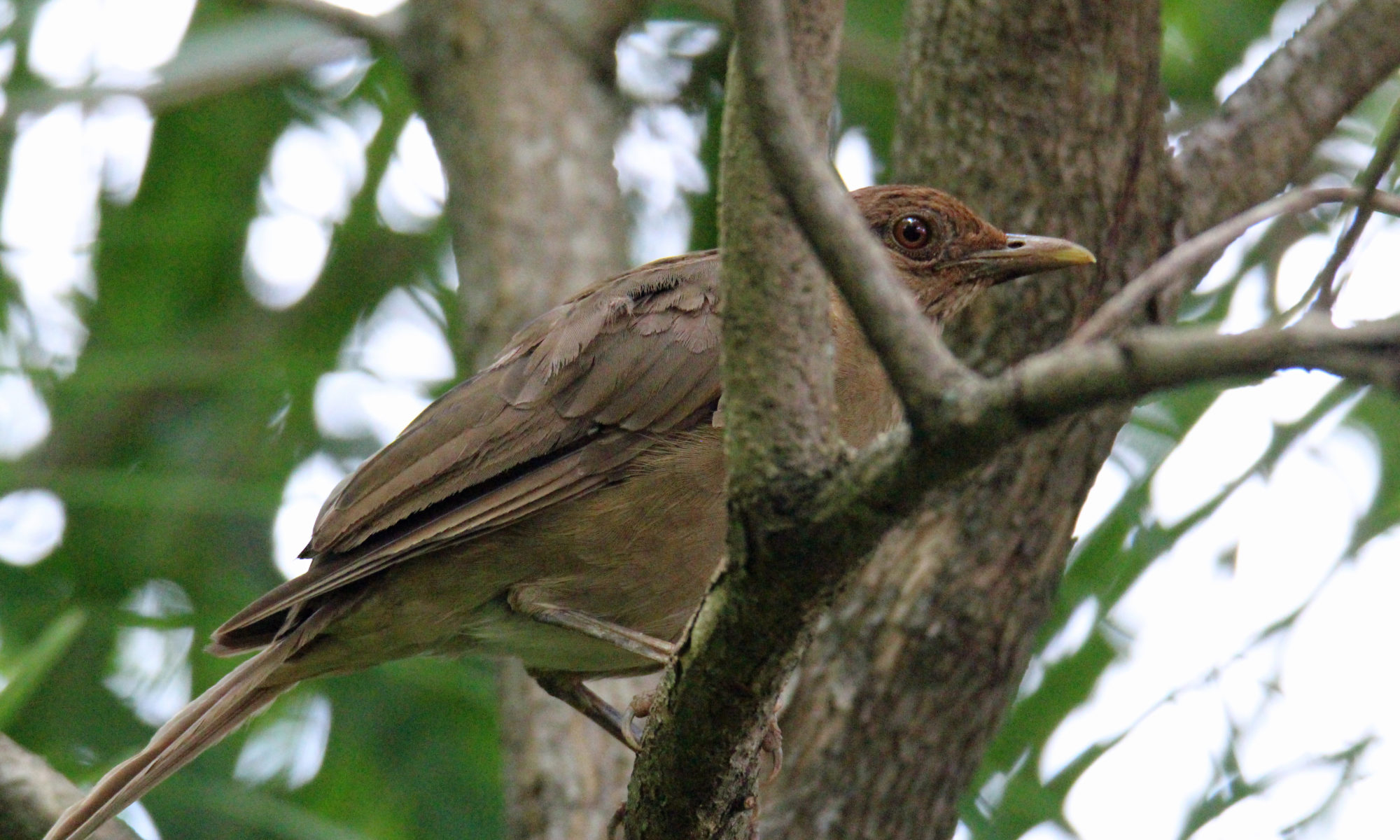It could be either good news or bad news, and I hope good news! I just read that a baby Yigüirro can fly at one week of age (they were older) and are usually independent by three weeks old, thus, even if motivated a little early by the noise and lights of a rock concert Saturday night, I think they flew away and are safe somewhere.
Below is what the nest looks like mid-day Monday from Room 407 and the second photo what it looked like mid-day Friday from the same Room 407. The concert was Saturday night with the band only 30 meters away. so if the birds were still there then, the band could certainly have been their motivation to “grow up” and fly away. 🙂 I hope so! We will probably never know. But still glad I left my “nest” before the concert! Or I might have tried to fly away too. 🙂
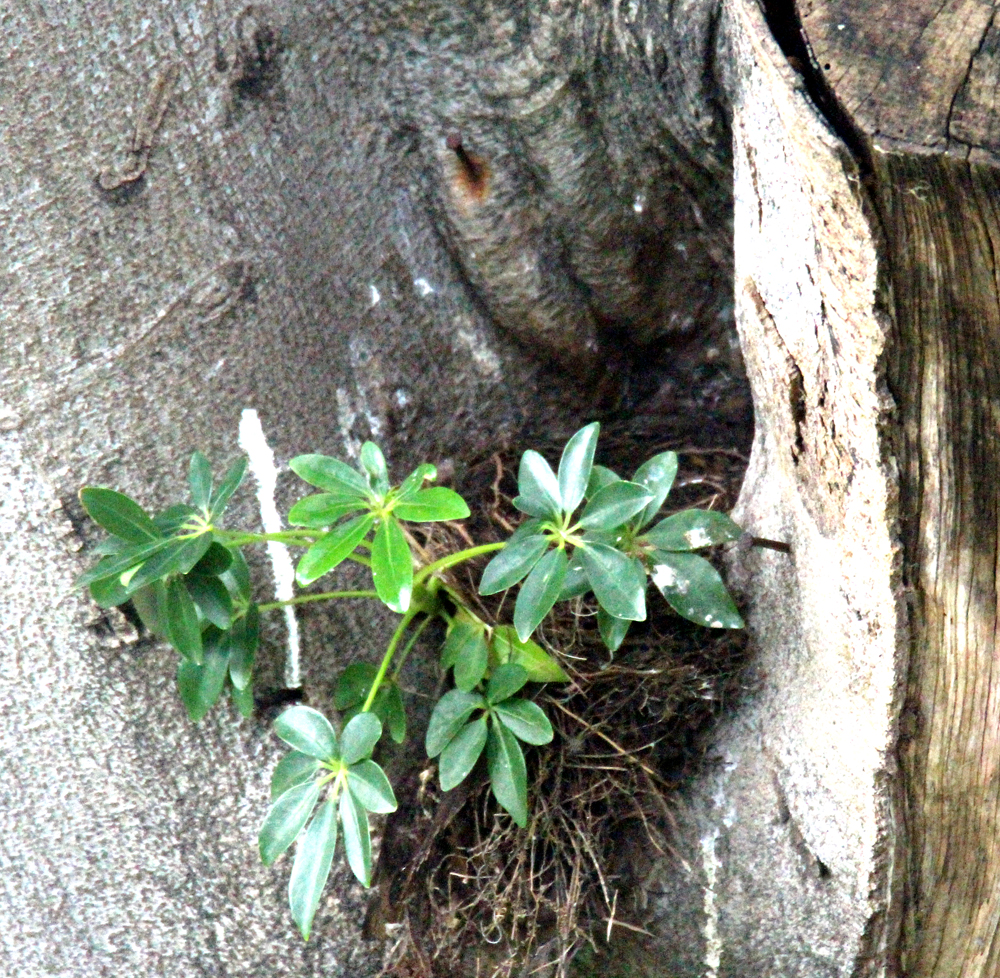
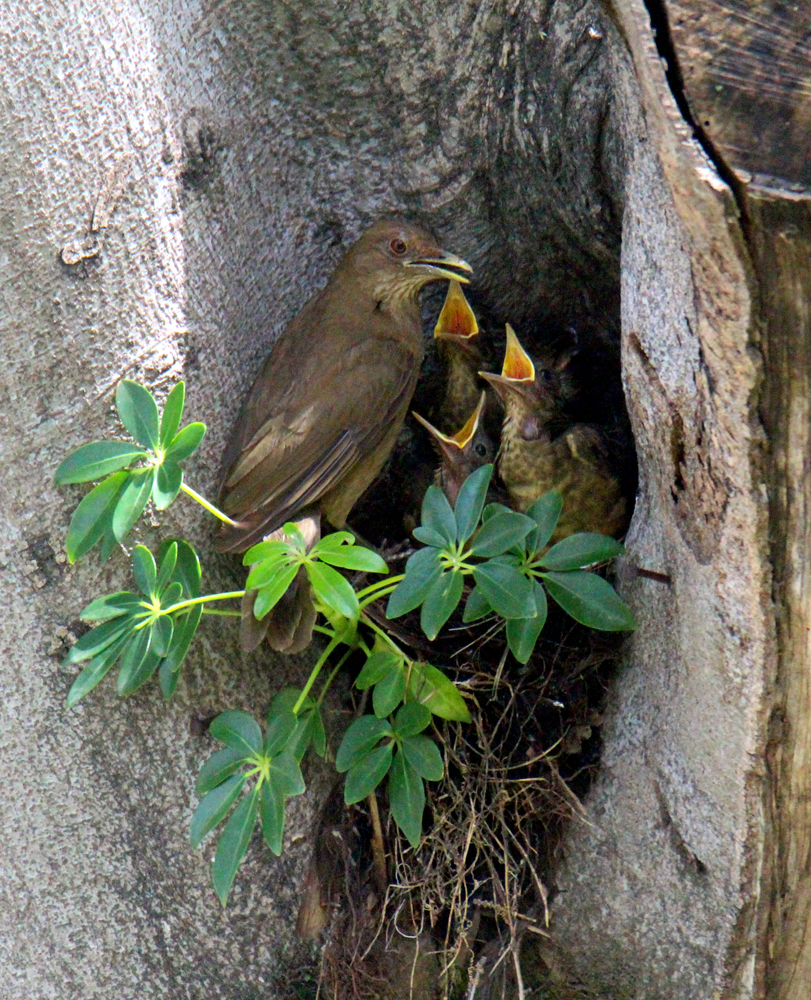
Other Birds at Best Western San Jose
¡Pura Vida!
